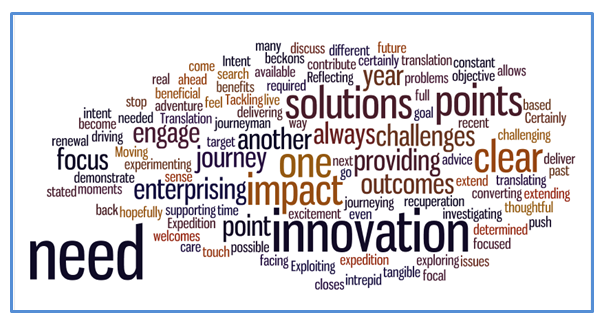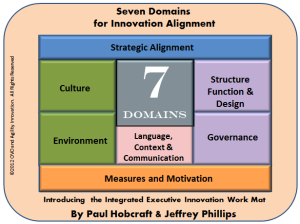Making any sort of resolutions that work for the new year on innovation, just seem never easy to keep. Our resolve weakens or we get distracted as the year evolves.
For a business, I regard the equivalent of resolutions as statements of intent, but they do need to be backed up by underlying logic. I’ve been working on these, getting perhaps a little more innovation fit.
I see as we move into 2013 a real need to become far more focused than ever. Here, first in a visual and then in a short summary that I’ve reflected upon in the last few weeks, is where I need to place myself for the challenges we all face in 2013 to offer helpful, thoughtful solutions that provide positive outcomes around innovation activities.
2013 is going to be a very tough year.
I feel the uncertainties across business and our economies in the West have magnified. There will be more demands placed on organizations to find innovative solutions yet their ‘risk appetite’ will be even more pronounced and guarded.

